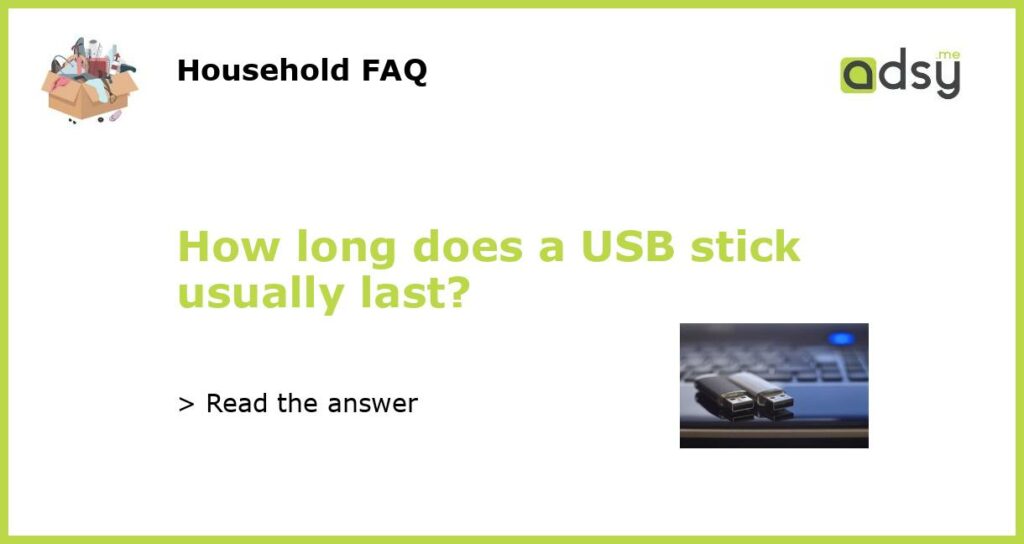How long does a USB stick usually last?
USB sticks have become an essential part of our lives, used for storing and transferring data. But like any other electronic device, they have a limited lifespan. So, how long does a USB stick usually last? Let’s dive into the details.
Factors affecting the lifespan of a USB stick
The lifespan of a USB stick depends on various factors. Here are some key factors that affect the lifespan of a USB stick:
Quality and Durability
The quality and durability of a USB stick play a significant role in determining its lifespan. USB sticks come in different quality levels, ranging from cheap and less durable ones to high-quality, ruggedized models. Higher quality USB sticks are usually designed to withstand physical shocks, water, and extreme temperatures, making them more reliable and long-lasting.
Writing and Erasing Cycles
The number of times you can write and erase data on a USB stick, also known as the writing and erasing cycles, is another important factor in determining its lifespan. Most USB sticks have a limited number of writing and erasing cycles, typically ranging from 10,000 to 100,000 cycles. Once this limit is reached, the USB stick may start experiencing data corruption or failure.
Usage and Handling
The way you use and handle your USB stick can also impact its lifespan. Physical damage, such as dropping the USB stick or exposing it to extreme temperatures, can lead to premature failure. Similarly, inserting and removing the USB stick from the port improperly can cause damage to the connector and affect its lifespan.
Storage Conditions
The way you store your USB stick also affects its lifespan. Storing it in a cool, dry place away from direct sunlight and extreme temperatures is ideal. Exposure to moisture, heat, or direct sunlight can damage the internal components of the USB stick and reduce its lifespan.
Manufacturing Defects
Although rare, manufacturing defects can also play a role in the lifespan of a USB stick. These defects can lead to early failures or unreliable performance. It is recommended to purchase USB sticks from reputable manufacturers who offer warranties and good customer support.
In general, a high-quality USB stick that is handled properly and used within its limitations can last for several years. However, it is important to keep in mind that the lifespan can vary depending on the factors mentioned above.
When your USB stick reaches its end of life, it is advised to safely dispose of it to protect your data. Many electronics retailers and manufacturers offer recycling programs for USB sticks and other electronic devices.
In conclusion, the lifespan of a USB stick depends on various factors, including its quality, writing and erasing cycles, usage and handling, storage conditions, and potential manufacturing defects. By choosing a high-quality USB stick, handling it with care, and storing it properly, you can extend its lifespan and ensure reliable performance for years to come.






